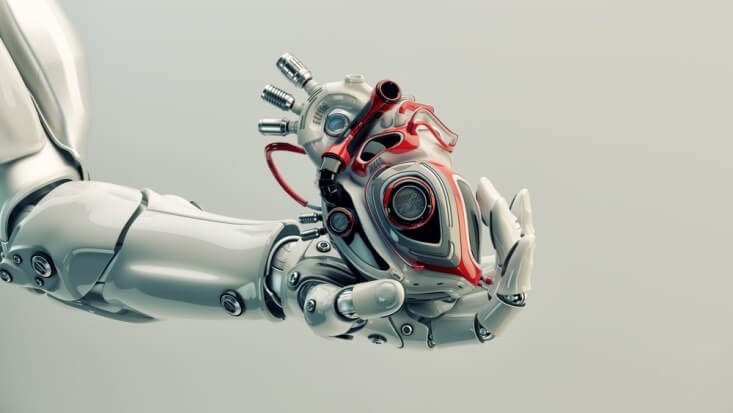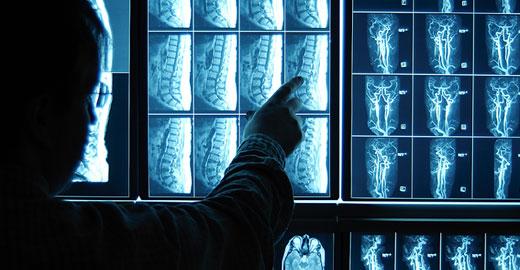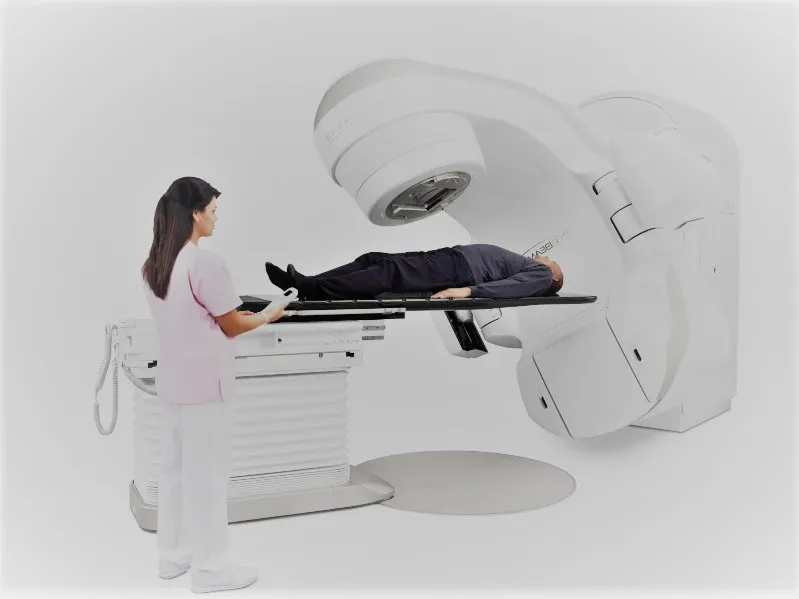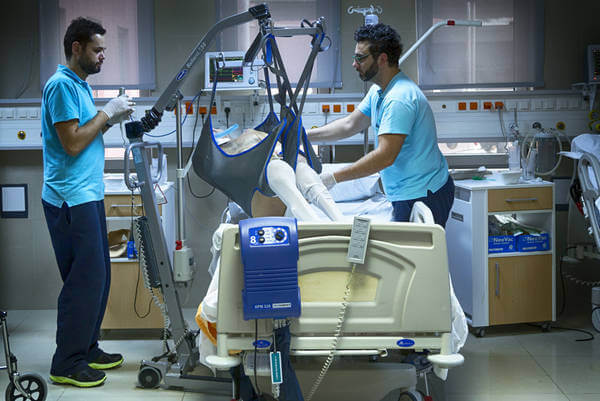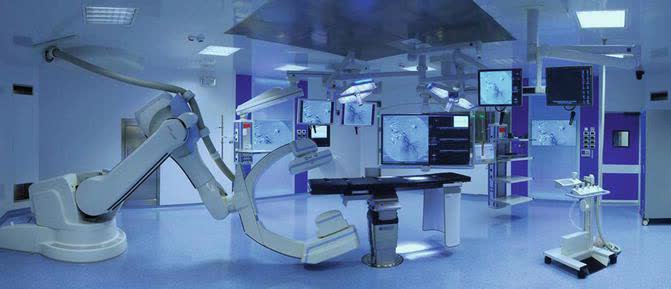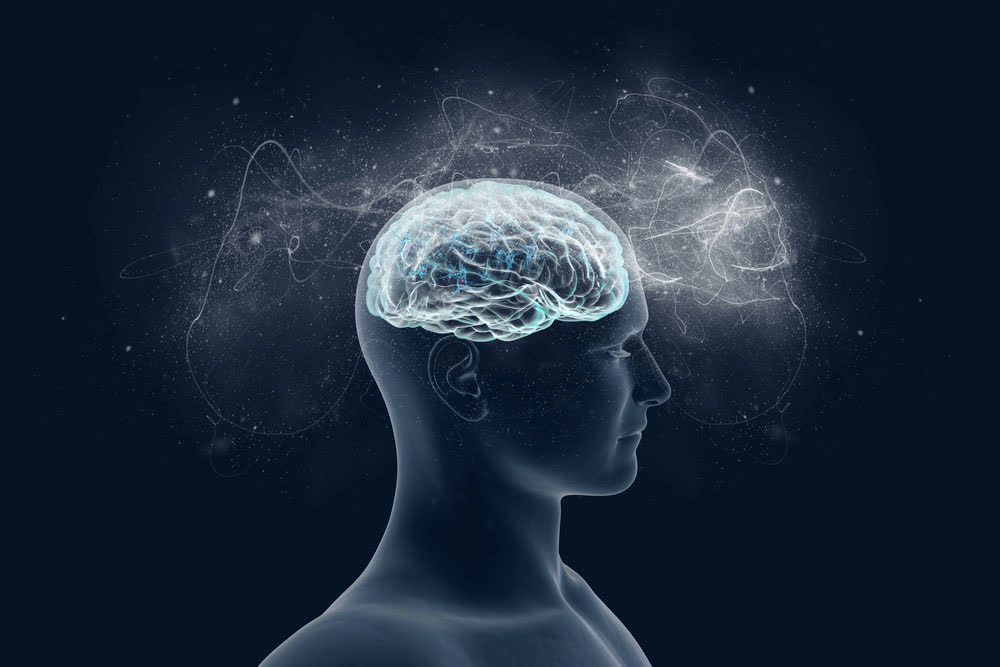DEVELOPING OF BIOMEDICAL SCIENCE WITH BIOMATERIALS
Until World War II, people were unaware of the diversity of biomaterials and were treated with primitive methods.
The patients were completely at the discretion of the surgeons and were no different from being subjects.
As a result of many wrong treatments and wrong materials, patients either died or suffered severe infections and suffered organ-function loss. With the discovery of new biomaterials after World War II, the right material was used in the right place in the human body. The use of biomaterials has progressed rapidly to the present day and provides an advanced service today.Let’s take a look at the first biomaterials developed by scientists.
Intraocular Lenses
Sir Harold Ridley, M.D. (1906–2001), inventor of the plastic intraocular lens (IOL), made early, accurate observations of biological reaction to implants.
From the ability to make the appropriate biomaterial, Ridley used this biomaterial to manufacture method implant lenses (intraocular lenses) that were replaced by natural lenses that were produced in a system that was reasonably cleaned in humans by cataracts, after some experiments. The first implantation into a human being was November 29, 1949.
Ridley’s insightful observation, creativity, persistence and technological planning at the end of the 1940s developed into a sector that now puts more than 7,000,000 lenses in humans annually. Throughout human history, we need thick, non-aesthetic eyeglasses that cataract blindness or weaken when you choose the recipient.
Ridley was determined to be “biocompatible”, if you use a plastic material, it has changed the course of history and has millions of cataracts.

Artificial Kidney
Renal failure has caused much death in most of history.
In Johns Hopkins University in 1910, the first attempts to remove toxins from blood were made by John Jacob Abel. Experiments were performed with rabbit blood and this procedure was not possible in humans. In 1943, Willem Kolff, a physician at the time, started a drum dialysis system from a 100-liter tank, wooden ribs and sausage casing (cellulose) as a dialysis membrane.
Great progress has been made in renal dialysis. At the University of Washington. Research by Belding Scribner (1921–2003) Scribner has developed a method to routinely access blood circulation for dialysis treatments: the Scribner shunt is said to make chronic dialysis possible and is responsible for the survival of more than one million patients.
Today, significant additional contributions to the artistic kidney have been made by Professor Les Babb of the University of Washington, working with Scribner, improving dialysis performance and inventing a proportional mixer for dialysis fluid.
Artificial Heart
Willem Kolff was a pioneer in the development of the artificial heart. He implanted the first artificial heart in a dog in 1957. In 1953, the heart–lung machine was invented by John Gibbon, but this was useful only for acute treatment as during open heart surgery.
After the National Heart and Lung Institute of the NIH in 1964 set a goal of a total artificial heart by 1970, Dr. Michael DeBakey implanted a left ventricular assist device in a human in 1966 and Dr.Denton Cooley implanted a polyurethane total artificial heart in 1969. In the period 1982–1985, Dr. William DeVries implanted a number of Jarvik hearts with patients living up to 620 days on the devices.

to be continued…

